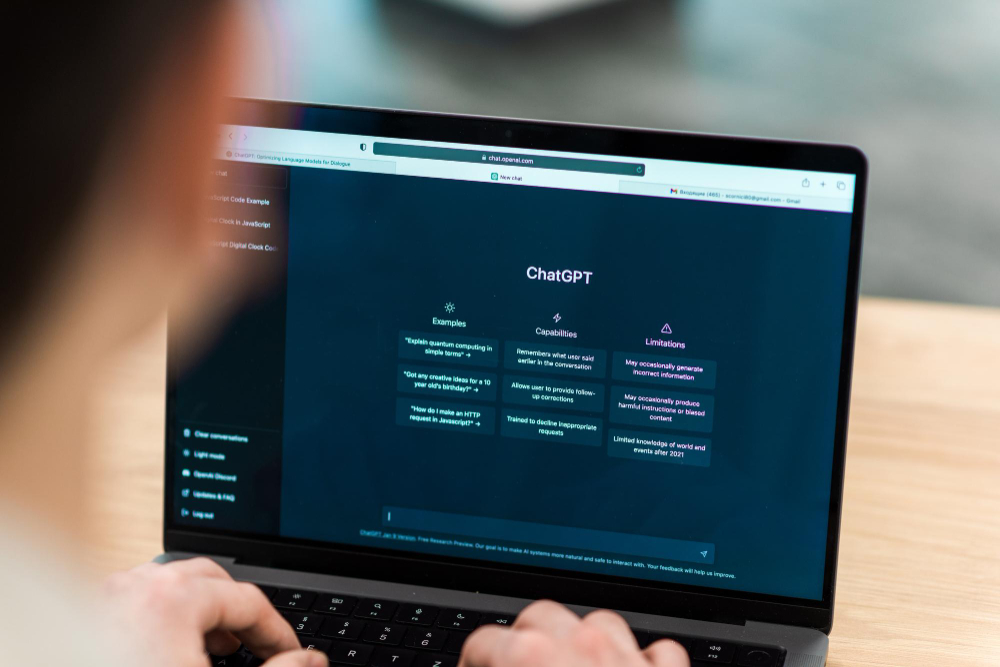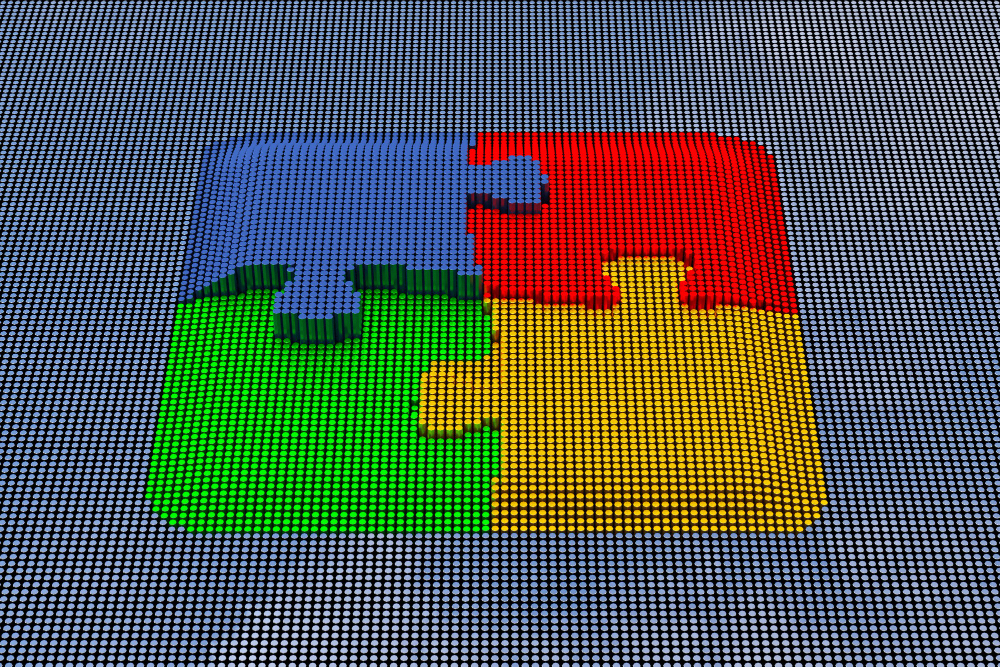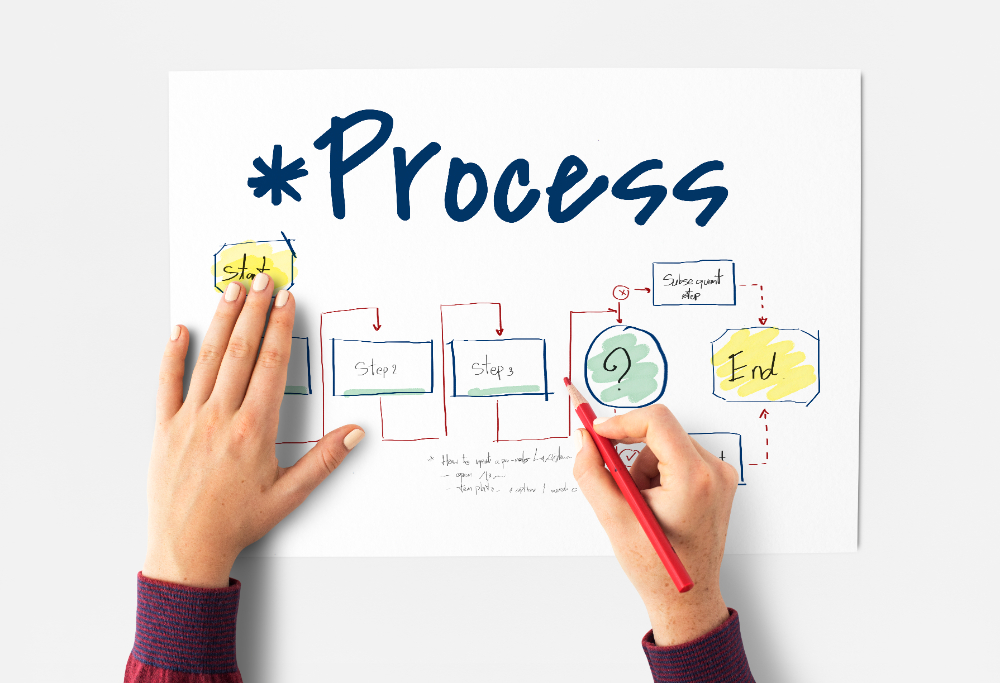- Connected Papers helps in finding relevant research papers and articles for your literature review.
- This tool provides you with a bibliographic list for your research paper.
- It converts relevant research papers and articles into visual graphs.
- You get a free version where you can make five graphs each month.
- It has integration with Semantic Scholar Corpus, Academia, Google Scholar, ResearchGate and many more.
- Connected Papers is not in the app form.
- It doesn't create a citation graph but a similarity graph that doesn't necessarily show direct citation relation.
- ConceptMaps AI ConceptMap.AI: The Ultimate Tool for Visualizing Complex Ideas
- Consensus Consensus- Popular AI Research and Study Assistant
- Finchat How to Utilize AI for Effective Visualization in Investment Research?
- Aixphoria Searching for the Best AI Tools? Where to Find a Comprehensive Directory?
- Elicit AI How Elicit AI Tool is Helpful For Researchers?
- Scholarcy Scholarcy AI- Best Free Tool for Research Articles
- ChatPDF The Future of Research is Here: Chat with Any PDF Using Powerful AI from ChatPDF
- Fibery How Can AI Enhance Your Workspace Creation and Management?
- WordKraft Need to Boost Your Online Presence? How Can AI Assist?
- Browse.ai Browse AI: Scraping Data from Websites Without Coding!
- MapDeduce MapDeduce: Extract Answers & Insights Instantly – Conquer Documents, Contracts & Research
- Scite Scite: Your Essential Tool for Reliable Scientific Evaluation
- ResearchBuddy From research to writing: What AI tools to use for academic work?
- Parsio Automating Data Extraction with Parsio: A Game-Changer for Educators and Students
- Findly Don’t Guess, Analyze: Unleash the Power of Data with Findly’s Intelligence Solutions
- Academic Help Academic Help Learning Hub- Features, Overview and More
- ReadPal.ai ReadPal.ai: Your AI-powered Online Activity Companion
- WiseOne WiseOne Review- Browser Extension for Improving Online Reading
- BrainyPDF Brainy PDF- Interact with your PDF to Extract Information!
- OpenRead Academy OpenRead Academy Review – Features, Pros and Cons!
Table of Contents
Let's suppose you have to write a thesis on the “Importance of Artificial Intelligence in the classroom”. You go to ResearchGate, Google Scholar and PDF Drive to find a few relevant theses to write your literature review, citations and bibliography.
Here, students and teachers can face two major issues. Either they will get a lot of research papers relevant to their keyword or they will get only a few relevant articles. This could be quite frustrating because either you have to spend hours segregating the relevant articles or you have to research more and more to find enough articles for your literature review.
This situation can be changed. Four friends who were facing the same issue created a Connected Papers website that is helping scholars, researchers, students and teachers in finding relevant articles in their field. What is this website? Let's discuss this in this blog.
Connected Papers Introduction
Alex Tarnavsky Eitan, Eddie Smolyansky, Itay Knaan Harpaz and Sahar Perets were facing issues while writing literature reviews for their thesis and research articles. They have been working on academic papers for years, and literature review has remained their nemesis this whole time. Because finding quality content for it was a tiring task. So, they felt a great need for any tool that could solve their problem.
In 2020, they along with the developer, Ofer Mustigman, worked together to create the data visual discrimination website for science. In the beginning, it was the weekend side project that was helping these four people along with their colleagues in the research. Later on, they decided to make it public.
So, what does this website do? It changes the way you research for your thesis. The tool wants you to add any keyword, paper URL or title of the paper. According to that URL or title, this website would give you a bunch of research articles. You have to select one from them that would be known as “original paper”. This paper would help the tool in finding relevant articles for you and would present them in the form of a graph.
How Connected Papers Work?
Step 1: You can use Connected Papers in the website form. Go on the website and log in with your email. You can make two free graphs as a trial without login too.
Step 2: Now, you need to add any search query on the website. It could be the title, Paper DOI, arXiv, URL, Semantic Scholar or PubMed paper. Once you give it, the website will provide you with a list of relevant articles. These articles are from ResearchGate, Academia and Semantic Scholar Paper Corpus which is licensed under ODC-BY.
Step 3: You have to look into these articles and select one that is the most relevant to your research objectives. This paper would be “original paper” or seed paper. The website would generate graphs based on this paper.
Step 4: You have to give your selected original paper to the website. It would analyze it, go through almost 50,000 publications, and choose those articles whose bibliography and references overlap with the references present in your original paper. Its main idea is that if the references are the same on both papers, they would be focused on the same topic. So, it would take out the list and present you that one in the form of a graph.
Step 5: You have to read the graph to understand the visual data of it.
How to Read the Graph on Connected Papers?
Each node in the graph represents an academic paper. The length of the node represents the number of similar citations and bibliographies present in your seed article. The color of each node represents the year in which it is published. If the node is of the brightest color, it shows that it is recently published. Most similar papers are clustered together and are connected with strong lines. However, the papers that are not very similar to the original paper would be in the distance. When you select a node, the platform would display the shortest path of it connected with the original paper.
On the side of the screen, you can see the list of relevant papers. It would be in the form of an abbreviation. But if you click on it, it will display an expanded list. This list would contain several references, citations, the year it was published and the similarity score to the origin. If you select any paper from the expanded list, the abstract, along with bibliographic details, will be displayed on the side of the screen.
You can also see Prior work and Derivation work options in the top menu of the screen. The prior work is the old and foundational papers that are cited by a lot of articles and research papers present in the graph. On the other hand, Derivational work is all the newest surveys or papers that are frequently cited by the majority of articles present in the graph.
Pricing Model of Connected Papers
There are two pricing models of Connected Papers. One is free in which you get five graphs each month. The others are paid versions in which you can get unlimited numbers of graphs. In the academic subscription model, you have to pay 3 dollars per month and 36 dollars per year. In the business subscription model, you have to pay 10 dollars per month and 120 dollars per year.
You have to sign up to use Connected Papers. But, you can get two graphs for free without signing up for a free trial.
Benefits of Connected Papers
Getting a Visual Overview of Your Research: In the traditional list, you are unable to find the connections between articles of various fields and types. So, in the graph form, you can see at a glance which papers are most popular in the field and how they are connected.
Not Missing Any Article: The software analyzes almost 50,000 articles and gives you the most relevant papers list. It analyzes papers in Semantic Scholar Corpas, Google Scholar, ResearchGate, Academia, arXiv etc. In this way, you can't miss any important paper for your research.
Prior and Derivation work: You can get the foundational papers, relevant surveys and research articles that are related to your research topic on this tool. These papers can help you in your research.
Bibliographic List: The tool creates graphs according to similarities and bibliographic coupling. So, you can create the bibliography list for your paper through it. Moreover, it gives you the option to download bibliographic references in the form of BibTex format. You can send this format to any reference management software to read. Examples of these software are Endnotes, Zotero, Mendeley etc.
Conclusion
Connected Papers is an innovative research tool in the field of science. It is helping researchers and academics around the globe to write a detailed and relevant literature review without spending time on it. Some important features of it are visual graphic representation of relevant papers, creating bibliographic lists, and auto paper recommendations. It can be helpful for researchers so they should give it a chance.

































Comments are closed.